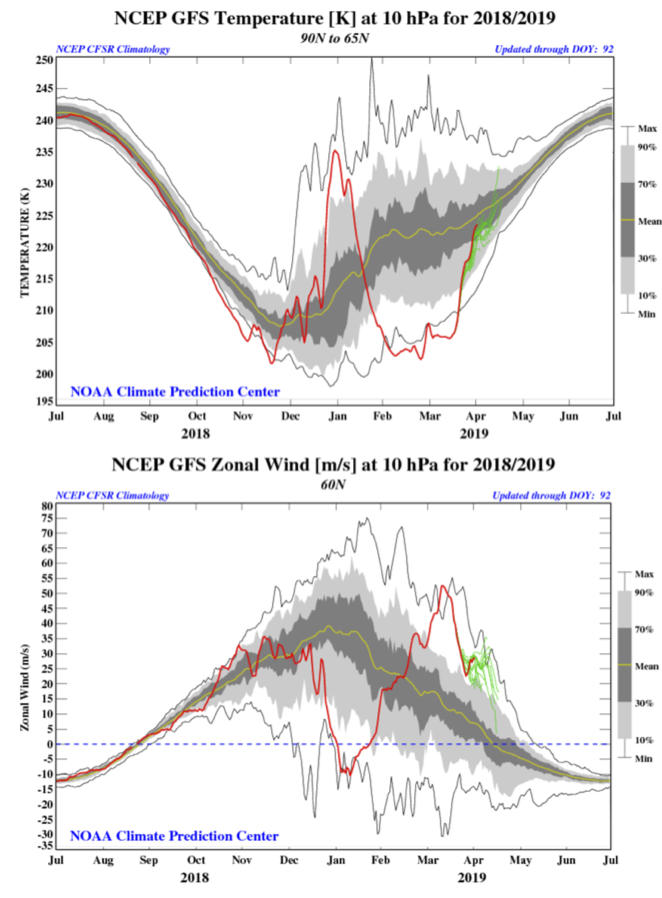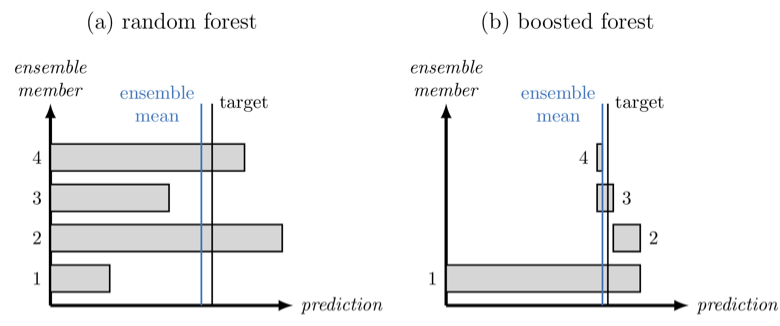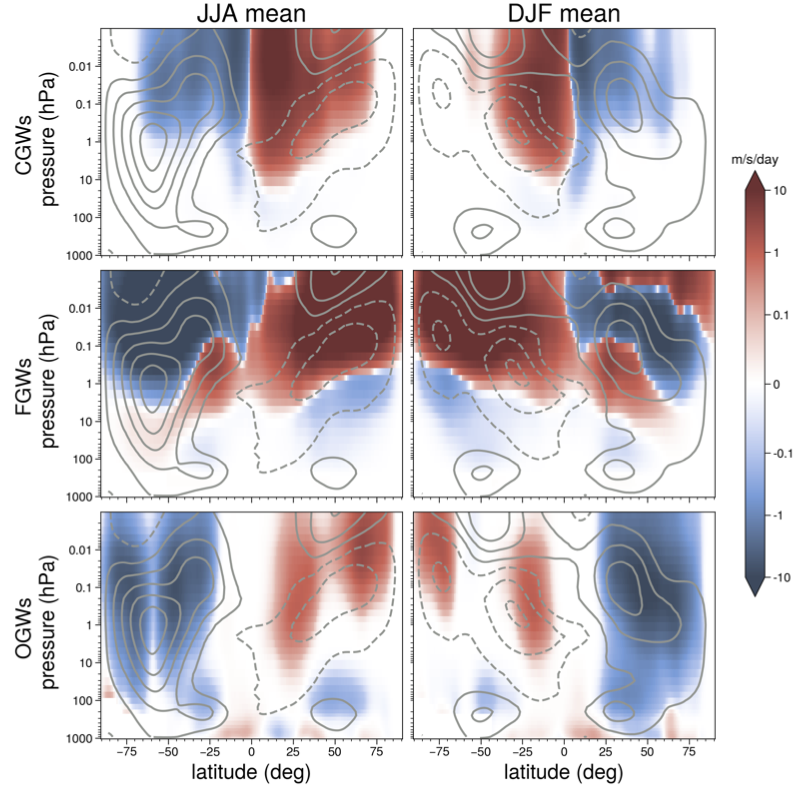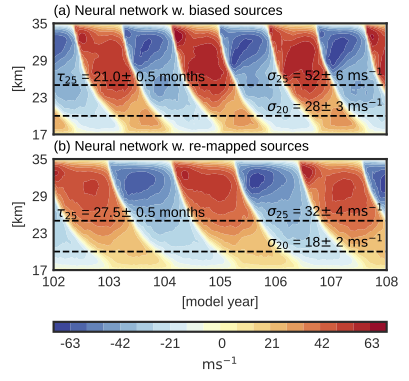Everything you always wanted to know about Sudden Stratospheric Warmings*
Published:
(*but were afraid to ask!) Please see our review paper, just submitted to Reviews of Geophysics, “Sudden Stratospheric Warmings”, led by Mark Baldwin and Blanca Ayarzuguena.

The stratosphere is the layer of the atmosphere from roughly 10–50 km, with pressures decreasing to about 1 hPa (0.1% of surface pressure) at the top. The polar stratosphere during winter is normally very cold, with strong westerly winds. Roughly every two years in the Northern Hemisphere, the quiescent vortex suddenly warms over a week or two, and the winds slow dramatically, resulting in easterly winds that are more similar to the summer. These events, known as sudden stratospheric warmings (SSWs) were discovered in the early 1950s, and today they are observed in detail by satellites. We have a good dynamical understanding of how and why SSWs occur, but our understanding of how they affect both surface weather and the upper atmosphere is incomplete. We observe that variability of the stratospheric circulation (SSWs being an extreme event) are associated with shifts in the jet stream and the paths of storms, with associated effects on rainfall and temperatures. The likelihood of cold weather spells and damaging wind storms is also affected. Almost all SSWs have occurred in the Northern Hemisphere, but there was one spectacular major SSW in 2002 in the Southern Hemisphere.




